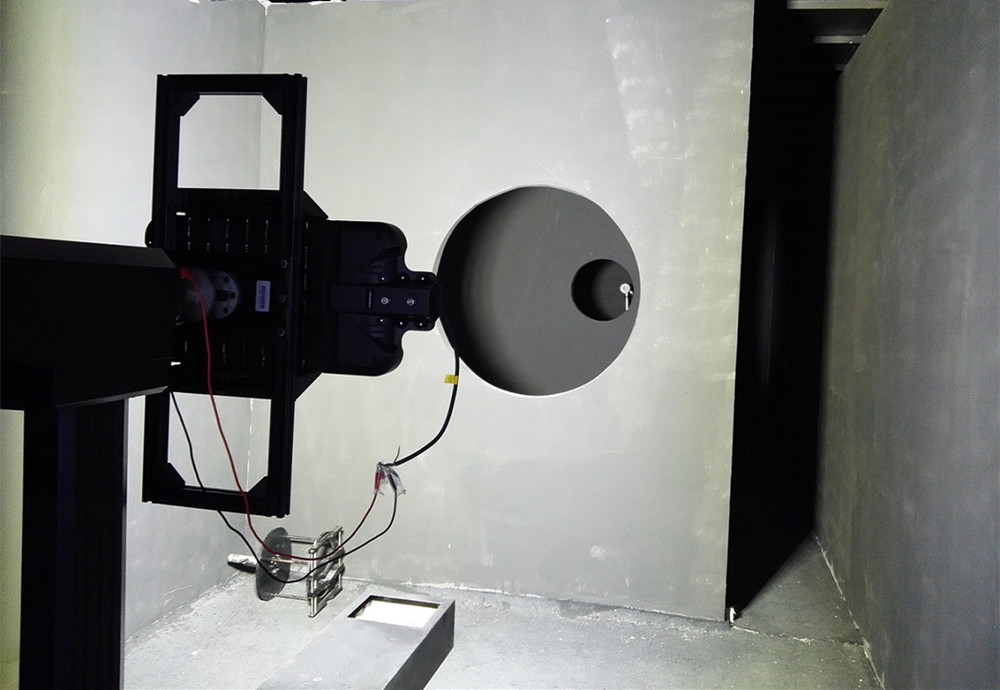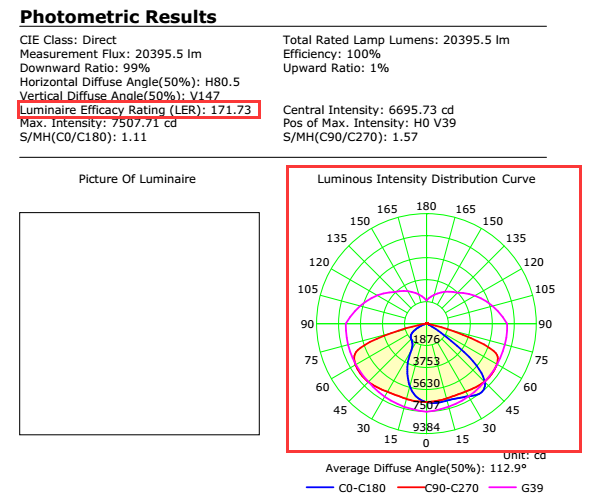The light distribution curve for LED street lights
All the light features can be obtained by IES testing, like luminaire efficiency, light distribution.,etc.

What is the light distribution curve for your LED street light?
At present our LED street light distribution curve is bat wing. It is different from rectangle one, but actually bat wing light distribution is much better than rectangle one, more bright, light more even, it is well recognized in the LED lighting industry.

What is the purpose for 2nd time light configuration?
As we all know, integrated LED chips and SMD LED chips like Philips 3030 beam angle is quite wide. In order to make the utmost utilization of the lights, we need to do 2nd time light configuration, to make the light transmitted to the required area, to make the light much more evenly distributed in different direction. It is of critical importance for LED lighting products.
For LED street light, lamp pole height and luminous flux diagram as below
Height 12M 10M 8M 6M
Power
200W 35Lux 51Lux 79Lux 143Lux
180W 32Lux 46Lux 71Lux 128lux
160W 28Lux 41Lux 64Lux 114Lux
120W 21Lux 30Lux 48Lux 86Lux
90W 16Lux 23Lux 36Lux 64Lux
It is the vertical lux under the lamp pole.
How to calculate Illuminance Uniformity?
The testing smallest value divided by the average illuminance will be the illuminance uniformity.
What is the LED street light luminous efficiency?
There are 3 kinds of luminous efficiency for our LED street light: 90-95lm/W, 95-100lm/w, 100-110lm/w.
What is your material for the reflector of LED street light, LED flood light and LED tunnel light.
All these reflector are made by aluminum alloy, electroplating treatment for better reflecting purpose.
